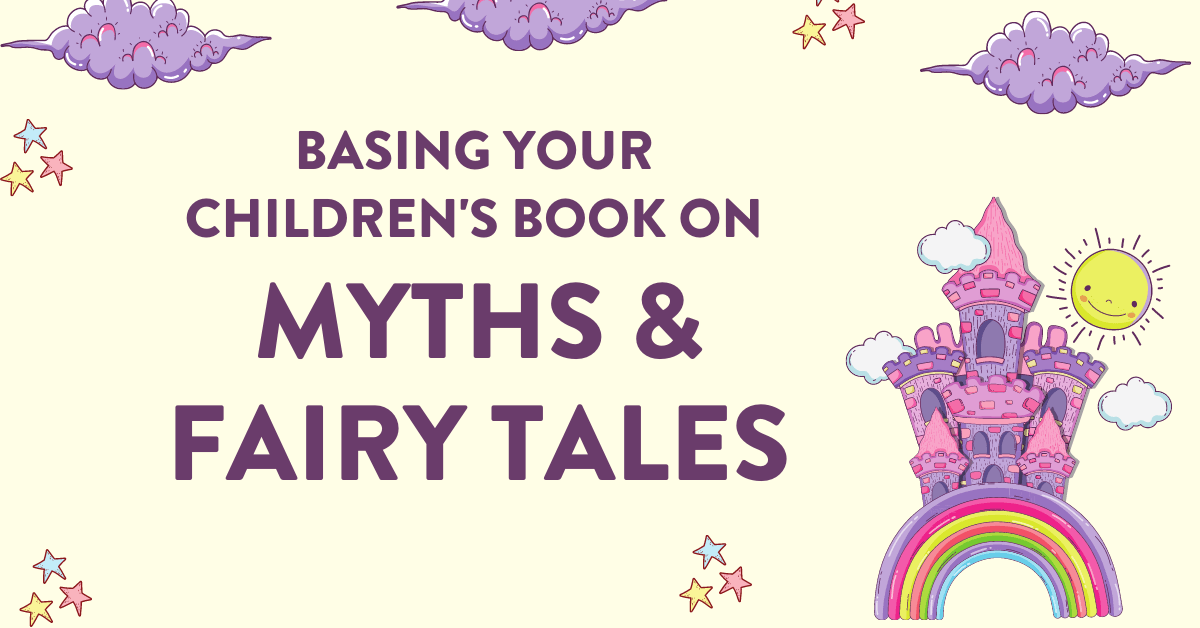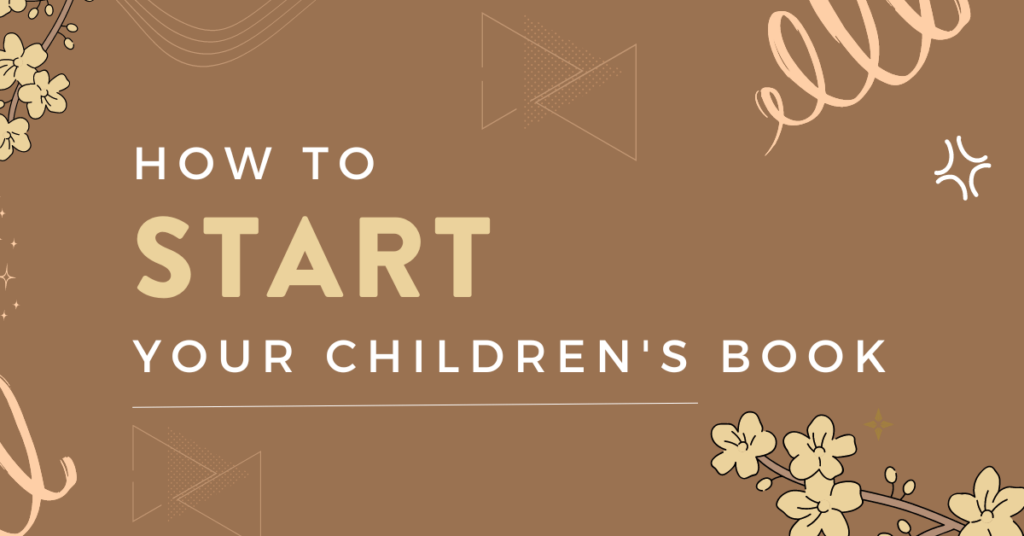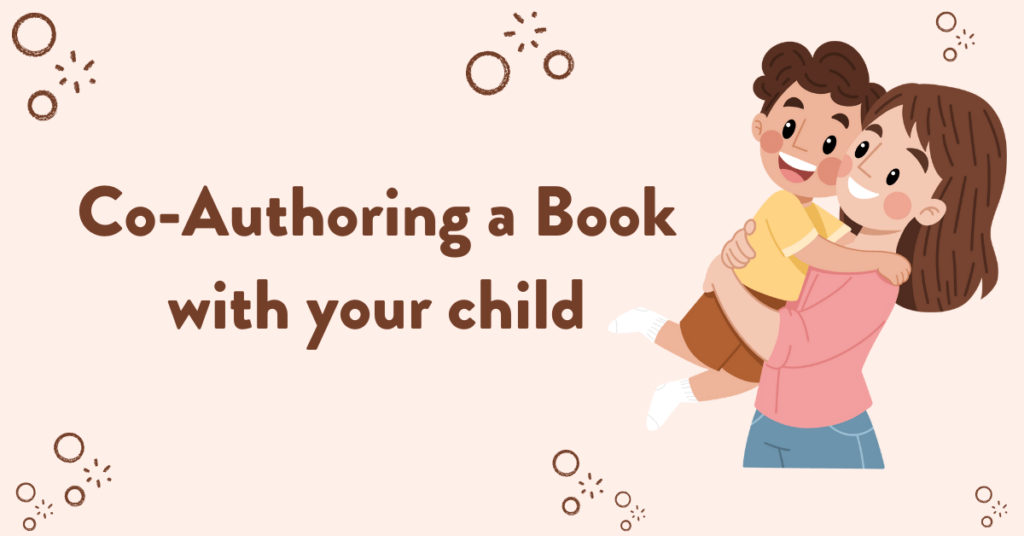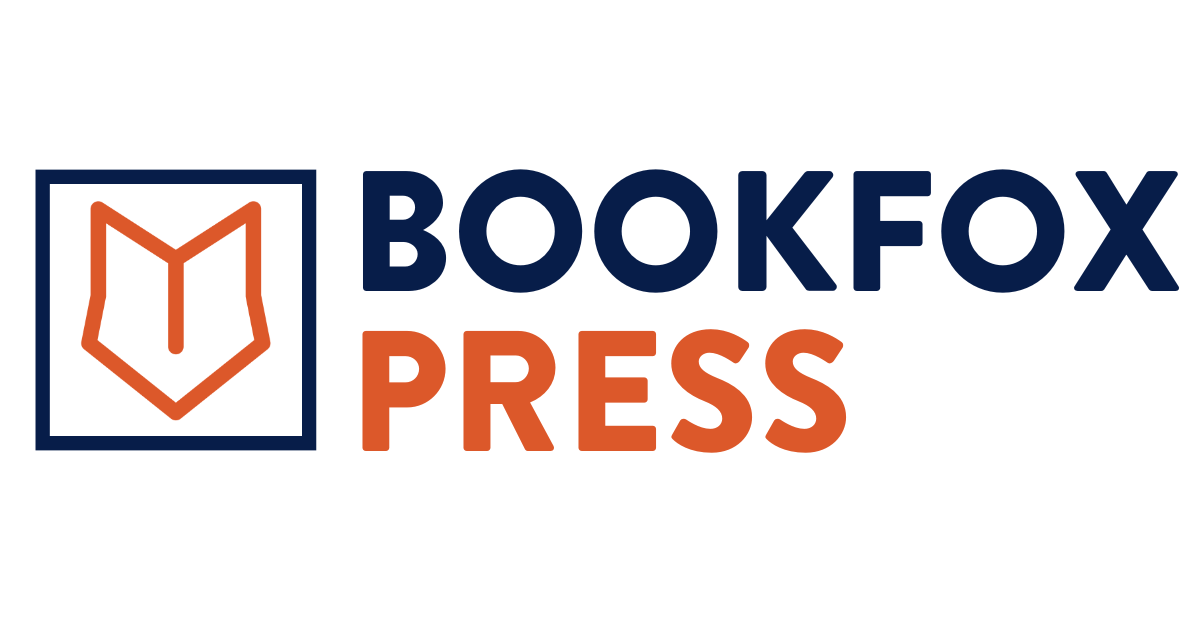
As an editor I’ve worked with a huge number of children’s books based on myths and fairy tales. They’re fun to read and authors love to reimagine these new stories for a new generation.
Bookfox Press also helps authors with publishing these types of books, and the illustrations are often a ton of fun to create.
Why have fairy tales and myths been around so long? Because they hit at age-old themes, themes that work across cultures and time. So tap into this story power!
Don’t think it’s easy to adapt these myths for a modern age, though. There are plenty of mistakes that children’s book authors make, and I’ll help you steer around those.
And after reading this, if you need more help with the concept of your book and how to write it, take my course on how to write a children’s book.
7 Writing Guidelines
Let’s dive deeper into the first five critical aspects of writing a children’s book based on myths or fairy tales.
1. Research the Original Material
You should definitely research the myth or fairy tale you are adapting.
- Understanding Cultural Context: Myths and fairy tales often carry cultural significance and historical context. The reason that Jason and the Argonauts wanted that Golden Fleece is because it was a symbol of authority and kingship. If you miss that, your rewrite isn’t going to be as good.
- Honor the Original Material: You don’t want to write a book that completely slams the original material. For instance, Don’t write a version of Jack and the Beanstalk where the lesson is about the benefit of climbing the corporate ladder — that misses the point of the original.
2. Bring Fresh Perspective
Reimagining a classic myth or fairy tale requires creativity and a willingness to think outside the box:
- Innovative Interpretation: Simply retelling the original story is boring. Offering a fresh angle or twist, like setting it in a different era or location, or telling it from a new point of view.
- Diverse Characters and Settings: Don’t be afraid to add new minor characters into the mix. Sometimes a funny sidekick is enough to make an old story seem new.
- Modern Values and Sensibilities: Updating the story to reflect modern values and sensibilities can make it more relatable to today’s readers. What was kosher in the 16th century might be offensive today.
3. Understand Your Audience
Understanding the specific age group you are targeting is essential for crafting a successful children’s book. Here’s why:
- Age-Appropriate Language: Different age groups have varying levels of language comprehension. Tailoring the vocabulary and sentence structure ensures that the story is accessible without talking down to the readers.
- Thematic Considerations: Younger children might be more engaged with simple, fantastical elements, like Cindarella becoming an exercise instructor, while older children could appreciate deeper themes or moral dilemmas, like Cindarella wondering whether she’s independent enough to need a man, and whether her fairy godmother has her best interests in mind.
4. Update the Morals
Diversity and sensitivity are popular words in today’s children’s book world. It helps to have an ethnically diverse cast, and to avoid saying things that might offend a particular group. That means you need to update some children’s book storylines, with how they deal with gender and relationships, among other things.
- Example: In “Cinderella Skeleton,” Robert D. San Souci reimagines the classic tale with a diverse cast of spooky characters. It opens the door to conversations about different forms and the beauty in uniqueness.
- Lesson: Being inclusive in character design and storytelling helps children from various backgrounds connect with the story. It’s not just about representation but about weaving a richer tapestry that resonates with a broader audience.
5. Timelessness vs. Modern Relevance
Myths and fairy tales have endured for generations. Deciding how much to modernize them is a critical decision.
- Example: Mo Willems’ “Goldilocks and the Three Dinosaurs” puts a prehistoric twist on the classic story, making it both modern and timeless by combining contemporary humor with a well-known structure.
- Lesson: Whether keeping the tale timeless or giving it a modern twist, ensure that the underlying themes and connections to the original remain intact.
6. Merge Multiple Myths/Fairy Tales
You don’t have to only stick with a single myth or fairy tail. We often see mashups of multiple myths and fairy tales in cartoons and books.
- Example: Shrek, which combines a bunch of different fairy tales, or the musical film “Into the Woods,” which mixes together several Grimm stories.
- Lesson: Feel free to mix and match and combine any stories you can think of. Want Hercules to meet Little Red Riding Hood? You can make it happen.
7. Maintain Respect for Cultural Traditions
Myths and fairy tales often carry deep cultural roots. Keeping faith with those traditions while crafting a new interpretation requires careful balance.
- Example: Grace Lin’s “Where the Mountain Meets the Moon” blends Chinese folklore with a unique narrative. Lin’s respectful use of traditional stories adds depth without appropriating or trivializing them.
- Lesson: Understanding and honoring the cultural essence of a myth or fairy tale can result in a more authentic and resonant story. If you don’t belong to a particular Native American tribe, you shouldn’t be the author to retell their stories.
7 Examples of Myth/Fairy Tale Books
Here are some popular children’s picture books that have incorporated myths and fairy tales, and what writers can learn from them.
1. “The True Story of the Three Little Pigs” by Jon Scieszka
Concept: This picture book offers the wolf’s perspective in “The Three Little Pigs,” delivering a humorous twist to the classic tale.
Lesson: Perspective is everything. By switching the viewpoint, you can create an entirely new understanding of a familiar story. It encourages children to think critically about different angles and voices.
2. “The Stinky Cheese Man and Other Fairly Stupid Tales” by Jon Scieszka
Concept: This collection of twisted fairy tales pokes fun at classic stories, using clever humor and irreverence.
Lesson: Humor is a powerful tool. Every adult and child will love your book if you make them laugh. Playing with familiar elements in unexpected ways can create a delightful experience, teaching children to appreciate satire and creative thinking.
3. “Goldilocks and the Three Dinosaurs” by Mo Willems
Concept: In this reimagined story, Goldilocks encounters three dinosaurs instead of bears. The witty text and whimsical illustrations turn the story into a comical adventure.
Lesson: Don’t be afraid to mix wildly different elements. Such unexpected combinations can make the narrative more engaging and spark children’s imaginations.
4. “Mirror Mirror: A Book of Reversible Verse” by Marilyn Singer
Concept: This book presents classic fairy tales through poems that can be read forward and backward, giving two different perspectives.
Lesson: Format matters. Experimenting with unique storytelling techniques, like reversible verse, can add depth to the narrative and engage children in a new way of reading.
5. “Interstellar Cinderella” by Deborah Underwood
Concept: Cinderella is a skilled mechanic in this space-themed rendition, where her talents and intelligence drive the plot.
Lesson: Empowering characters with skills and self-reliance, rather than magic, can provide strong role models and teach valuable life lessons.
6. “Little Red Writing” by Joan Holub
Concept: This spin on “Little Red Riding Hood” sees the protagonist as a pencil on a journey to write a story, meeting various writing elements along the way.
Lesson: Educate while you entertain. A creative retelling can also serve as a vehicle to teach children about various subjects, such as writing in this case.
7. “Jack and the Beanstalk and the French Fries” by Mark Teague
Concept: In this twist on “Jack and the Beanstalk,” Jack plants magic beans that grow into an overwhelming amount of French fries.
Lesson: Play with expectations. By replacing key elements with something unexpected, you can make children laugh while encouraging creativity and curiosity.
8 Ideas to Spark Creativity
If you need some creativity juice, here are some creative ways that you can reimagine these old tales. Feel free to use these explicitly, or mix and match to create your own version.
- Cinderella in Space.
- Why confine Cinderella to a castle when she can dance among the stars? Imagine a futuristic setting where Cinderella is a brilliant engineer, working on a space station. The glass slipper could be a high-tech gadget, and the pumpkin carriage a sleek spaceship. The universe is your playground!
- Hercules as a Modern-Day Teenager.
- Take Hercules, the mighty demigod, and place him in a high school setting. His Twelve Labors could transform into twelve challenges he must face as a teenager.
- Little Red Riding Hood in a Cyberpunk City
- How about Little Red Riding Hood navigating a maze-like cyberpunk city filled with neon lights and rogue AIs? Her journey to grandma’s house becomes a thrilling adventure through a world of hackers and futuristic technology, with the wolf as a cunning digital villain.
- Snow White as a Wildlife Biologist
- Snow White’s affinity for animals can translate into a career as a wildlife biologist. Set her story in a lush national park where she’s working to protect endangered species, and the seven dwarves are quirky fellow researchers. It’s a fresh twist that adds depth to her love for nature.
- Rapunzel as a Celebrity Under the Spotlight
- Rapunzel’s tower becomes a metaphor for the isolating world of fame. Imagine her as a pop sensation, kept away from the world by an overbearing manager. Her escape from the tower could symbolize her journey to find her true self amid the glare of the spotlight.
- Jack and the Beanstalk in a Corporate Jungle
- Jack’s magical beanstalk leads him not to a giant’s lair but to the towering skyscrapers of a corporate world. The giant is a ruthless CEO, and Jack must navigate the cutthroat business landscape to find success. It’s a tale of ambition, ethics, and personal growth.
- Sleeping Beauty in a Comatose Medical Mystery
- Turn Sleeping Beauty’s slumber into a medical mystery. Set in a world of advanced medicine and technology, the princess’s condition becomes a complex puzzle that a team of doctors must solve. The curse, the spinning wheel, and even the kiss can find new, scientifically intriguing interpretations.
- The Three Little Pigs as Environmental Architects
- Reimagine the Three Little Pigs as environmental architects, each building with different sustainable materials. Their story becomes a lesson in environmental consciousness, as the big bad wolf’s huffing and puffing test the integrity of eco-friendly construction.
Examples of Published Books
“Cinder” by Marissa Meyer
Concept: In this futuristic take on “Cinderella,” the protagonist, Cinder, is a cyborg mechanic in a dystopian world. The tale combines the classic story with science fiction elements.
Lesson: Writers can use traditional fairy tale structures as scaffolding for entirely new genres, combining the familiar with the unexpected.
“The True Story of the Three Little Pigs” by Jon Scieszka
Concept: Told from the perspective of the wolf, this humorous retelling of “The Three Little Pigs” presents a different side of the classic story.
Lesson: Changing the point of view can provide fresh insight and make readers question the black-and-white morality of original tales.
“Beastly” by Alex Flinn
Concept: A modern retelling of “Beauty and the Beast,” where the beast is a spoiled New York teenager transformed into a grotesque creature.
Lesson: Setting a fairy tale in the contemporary world can make it more relatable and engaging to young readers. Don’t be afraid to humanize mythical characters.
“Ella Enchanted” by Gail Carson Levine
Concept: This retelling of “Cinderella” focuses on a young girl cursed with obedience, turning the classic story into a quest for self-determination and empowerment.
Lesson: Use the framework of a classic tale to explore deeper themes. Add complexity to the characters, making them more than just archetypes.
“Revolutionary Red Riding Hood” by Joan Holub
Concept: A strong and independent Red Riding Hood takes center stage in this empowering version where she’s more than capable of taking care of herself.
Lesson: Challenge gender roles and stereotypes. Use your story to empower and inspire, offering readers new role models.
“A Tale Dark & Grimm” by Adam Gidwitz
Concept: This book stitches together various Grimm’s Fairy Tales into a single narrative, maintaining the dark and eerie original tone.
Lesson: Embrace the original tone of the source material if it serves your story. Not all retellings have to be sanitized or made lighter.
FAQ
Q: How do I deal with the legal aspects of adapting a myth or fairy tale?
A: Most ancient myths and classical fairy tales are in the public domain, but if it’s a newish story, then check with a lawyer. Just avoid copying illustrations (a specific depiction of Cindarella) which would still be copyrighted.
Q: How can I ensure that my retelling appeals to both children and adults?
A: Parents already know your story, which helps. And children will be open to whatever story you’re telling. Entertain the adults with novelty, while entertain the kids with good storytelling.
Q: How do I choose the right myth or fairy tale for my picture book?
A: Consider your target age group, cultural relevance, and personal connection to the story. Research various myths and fairy tales to find one that resonates with you and can be adapted into a compelling narrative for children.
Q: How do I balance staying true to the original story while adding my unique spin?
A: It’s a delicate art that requires understanding the core essence of the original tale while exploring new angles, characters, or settings. Think about what elements are critical to the story’s integrity and what can be creatively reimagined.
Q: How do I handle potentially sensitive or outdated elements in the original myth or fairy tale?
A: Evaluate the story for elements that may not align with modern values or sensitivities. Approach these aspects thoughtfully, adapting them to suit today’s readers or omitting them entirely if necessary.
Q: What should I be aware of when working with myths or fairy tales from different cultures?
A: If you’re working with a story from a culture different from your own, it’s vital to research and consult with cultural experts if possible. This ensures an authentic and respectful portrayal.
Q: Can I modernize an old fairy tale without losing its charm?
A: Absolutely! Many authors have successfully reimagined old tales in contemporary settings. The key is maintaining the core themes and moral lessons that make the original story timeless.



